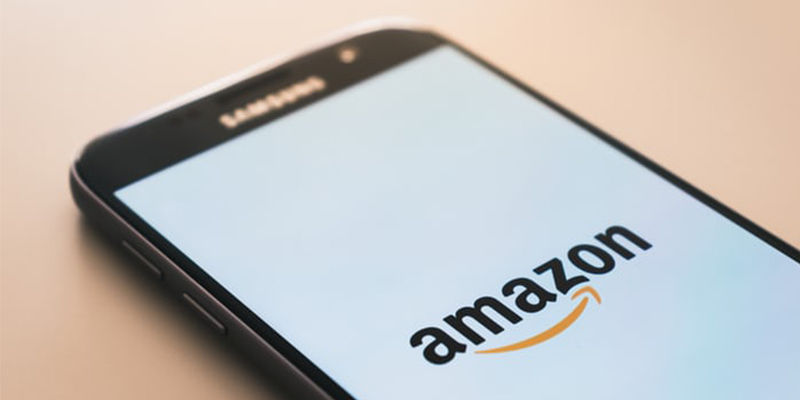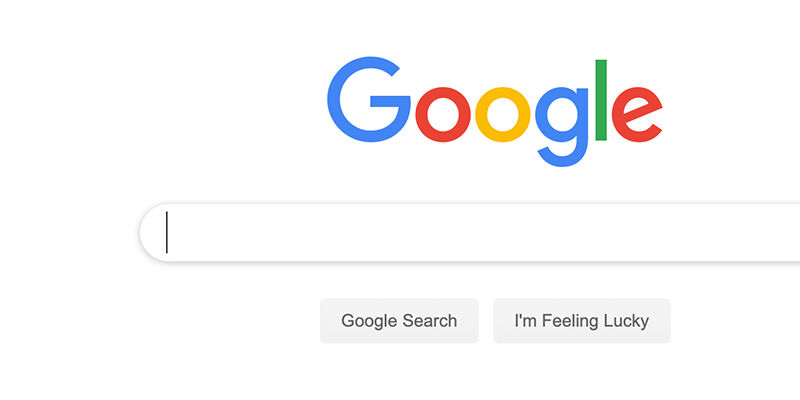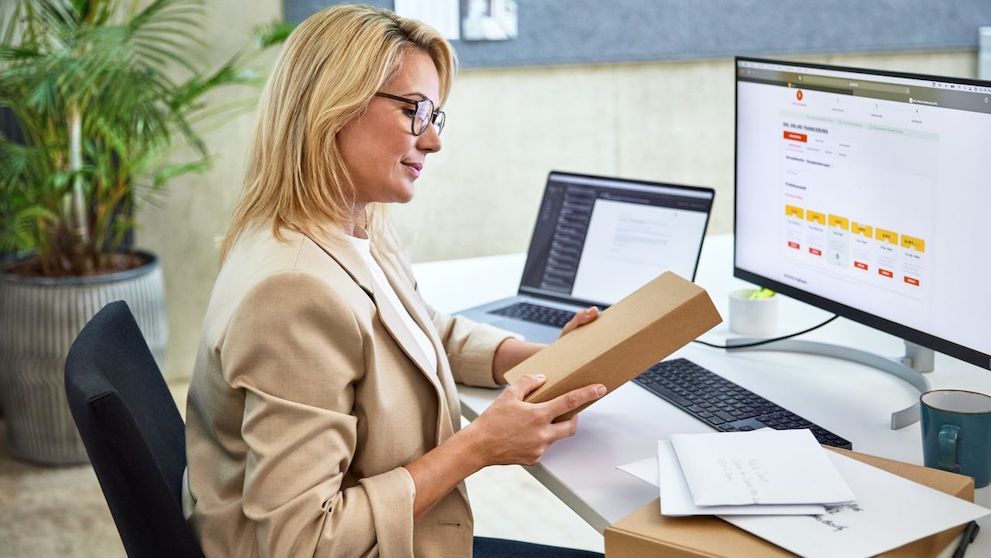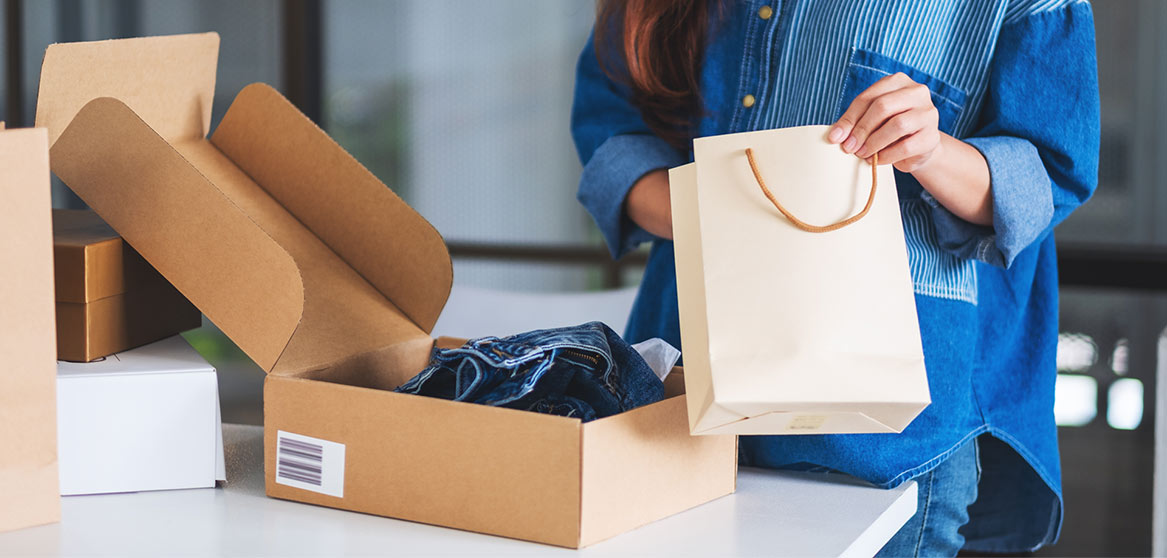Your business might only sell directly to end consumers, but should you be considering a move into the B2B sector? Recent trends give a resounding ‘yes’ – here’s why…
Hear the phrase 'e-commerce' and you might think of Amazon, books, clothing and electronics. And you’ll almost certainly be thinking of B2C. We all think of B2C e-commerce as The Big Thing, but it’s dwarfed by B2B e-commerce. Believe it or not, business to business sales online are more than three times the size of B2C.
What does B2B e-commerce look like?
At first glance, it sounds like an easy question to answer. People may think that B2B e-commerce is standard office supplies and consumables – coffee, stationery, loo rolls, etc. – but it’s a lot more than that. Examples include:
- GE Electrical Grid Solutions: Manufacturing giant GE sells power grid hardware through its online store.
- Boeing Modification Marketplace: Essentially a pimp-my-plane platform for existing Boeing customers.
- RS Components: RS sells electronic components to trade via its website, offering around 500,000 products to over one million customers.
Where’s B2B e-commerce heading?
Two distinct types of B2B e-commerce exist today. The first is the most straightforward, as demonstrated by the examples we mentioned earlier – GE, Boeing and many more. The second, with the biggest growth area in B2B e-commerce, is marketplace websites – such as Amazon Business and Alibaba.
Changing times for B2B
B2B e-commerce is growing, due in no small part to shifting demographics. Google found that even back in 2015 nearly half of B2B purchasing decisions were being made by Millennials. This is not to say Millennials automatically prefer e-commerce, but it’s a safe assumption to make - just look at the impact Chinese Millennials have had on retail e-commerce sales.
B2B vs. B2C
Even though they’ve become increasingly indistinguishable. There are still differences between the two.
Ways B2B and B2C are the same
1. Both sell goods and services
2. Both have human buyers
3. E-commerce is a BIG factor in both
Difference between B2B and B2C
1. B2B often sells large items that can’t be easily delivered
2. B2B buyers tend to purchase in bulk
3. B2B can have many individuals making the purchase
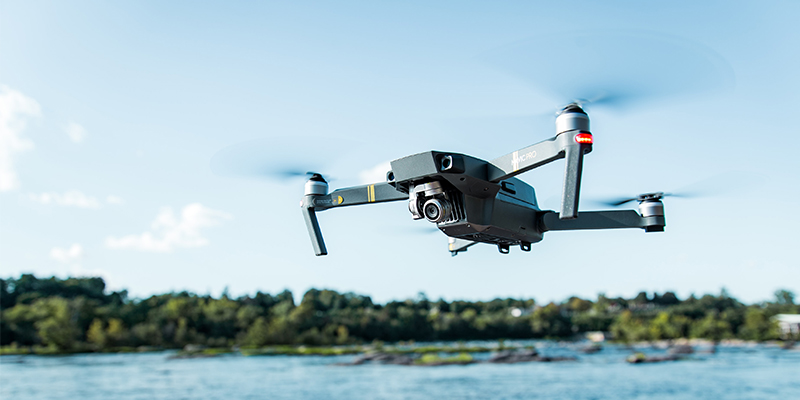
What B2B e-commerce can learn from B2C
“61% of all B2B transactions start online.”
The rise of mobile
More and more B2B purchasers are using their mobile to research purchases. A fully functional site for mobile is essential for user experience and sales, crosscheck your site with this m-commerce guide.
Innovation
Consumer e-commerce retailers are ahead of the game when it comes to innovations in delivery. Amazon has been pushing same-day delivery, while JD.com has already successfully tested a fleet of 40 drones. Now, it’s time for B2B e-commerce to investigate similar delivery options.
Customer experience
B2C retailers have given B2B companies an incredible template for success, with simple and effective online user experiences. B2B has lagged, and now needs to follow suit.
B2B Marketplace Opportunities
Here are the marketplaces you should be focusing on:
IndiaMART
Created in 1996, it’s now the largest online B2B marketplace in India.
Moglix
Singapore-based Moglix is growing fast – as much as 300% every year.
Mercateo
Germany’s top B2B e-commerce trade website.
Amazon Business
For Europe, America and beyond, Amazon Business is the biggest B2B marketplace.
Rakuten Ichiba
The largest e-commerce marketplace in Japan uses a mixed B2B2C model to sell to both business and end consumers.
Alibaba
The world’s largest B2B e-commerce marketplace. Founded in 1999, it boasts services encompassing C2C, B2C and B2B models.
For real B2B e-commerce growth, look to Asia and India
When it comes to e-commerce, the world has never been smaller. Markets worldwide are growing, but it’s Asia seeing the most powerful growth – with Forrester predicting the Asia B2B e-commerce market to expand by 12.1% each year. China stands above all other markets, at nearly double the growth rate of the US B2B e-commerce market, but be sure to read our guide on doing business with Tiger Cub economies as well.
How to grow your B2B e-commerce brand
In short, distinction. Ensure you present your business or e-commerce offer as a distinctive brand for the sector you serve, and demonstrate exactly how you are better than competitors. Here’s how to do it:
Challenge old-world assumptions
Recently emerging B2C brands are digitally native. They look at old-world assumptions and try to make the entire journey simpler. Keep pushing for better. Fewer clicks to find a product. Better search. More delivery options. Faster delivery.
Take some inspiration
As a B2B brand, aim to match or exceed the slick experience of B2C. Bring your brand value to life: what story can you tell? What is your USP? What advantage do you have over competitors? To help you grow, use the tools already at your disposal:
- Trust: Use social proof: customer testimonials, online review ratings, case studies.
- Distinctiveness: What do your competitors look like, do and say? Strive to be the opposite. When everyone else zigs, you should zag.
- Consistency: Uniformity across your visual and textual output is a sign of trustworthiness and reliability.
- Customer-centricity: DNVBs, and DHL Express itself, are known for their customer-centric approach. All your products, services and operations must be geared to serving your customers, not making a product.
How to scale up and expand your borders
Having built your brand, the next step is to start shipping to a wider audience. With global shipping now easily accessible, the world is your oyster. Start with local research into your target markets. Who is your typical business buyer? Where is the growth in product segments? What are businesses demanding in your chosen areas? For more help in this area, take a look at our Country Guides.
Take a diversified strategy
Direct-to-business or third-party marketplace? Both work well, and that means you need to do both – diversify to amplify. Talking of diversity, with global access to your site, allow for global accessibility. Your e-commerce shop will need to handle all relevant local languages and local currencies. Three-quarters of e-commerce shoppers want to buy in their own language, while 59% rarely or never buy from English-only websites.
Finally, get your digital channels working harder
Almost nine out of ten B2B buyers use the internet to begin their search. So be the first on the results page. Use Twitter, Facebook and LinkedIn, to share brand-led content. If you have the budget, bring your products to life with animated GIFs and video. With Google and Twitter, you can use specific targeting to find your audience with much greater focus. And don’t forget the importance of SEO. In fact 39% of all e-commerce traffic comes from search. Want to know more about SEO? Read this guide.
Put on your global goggles to see past Google, the dominant platforms at home might not be the same as abroad. Use preferred local digital services and channels such as Yahoo in Japan, WeChat in China and XING in Germany.
Want to know more?
DHL Express has the expertise to help your B2B e-commerce brand find whole new markets around the world. Speak to our experts today to get started.

